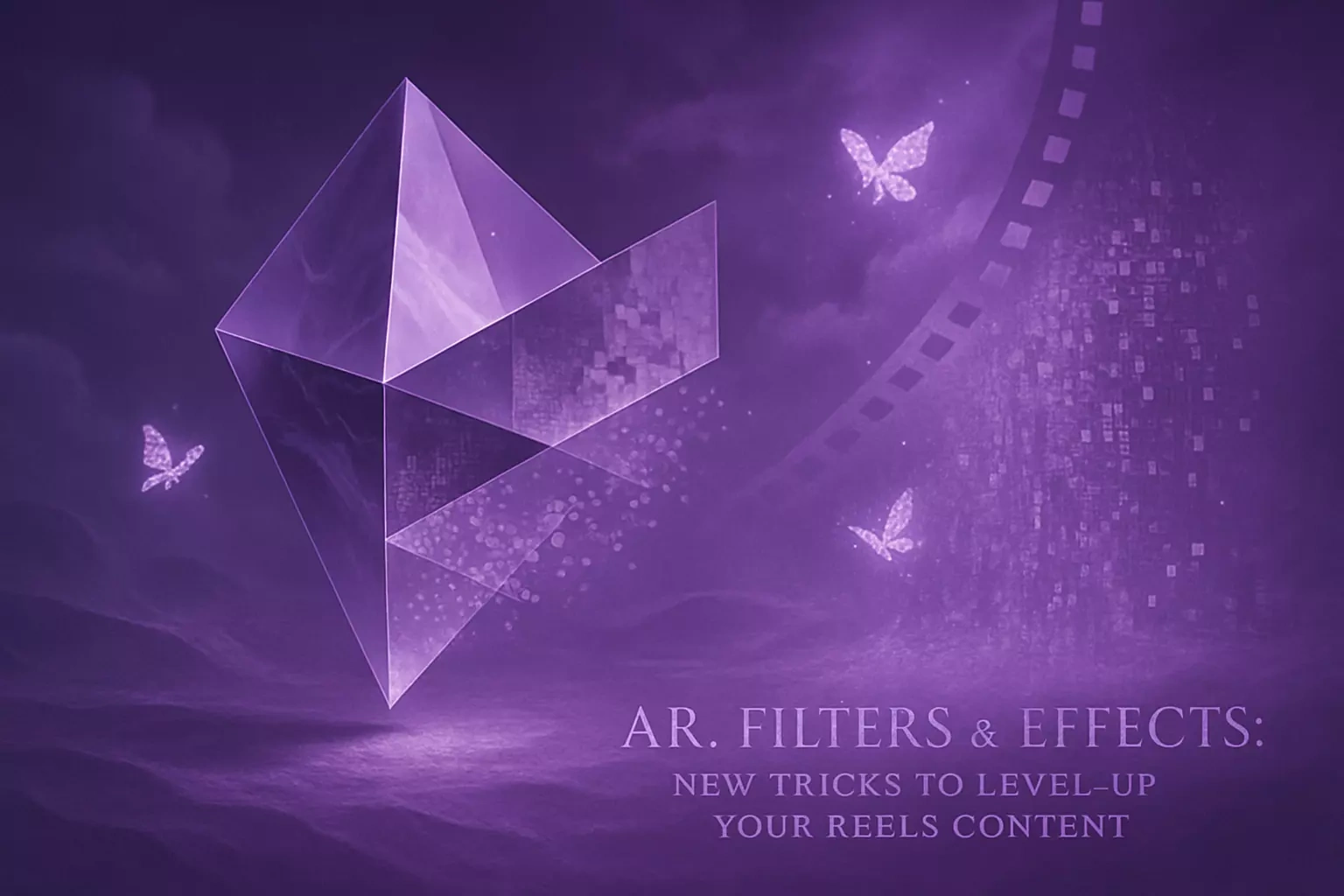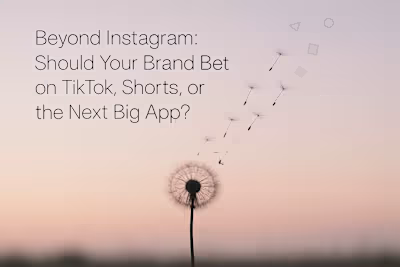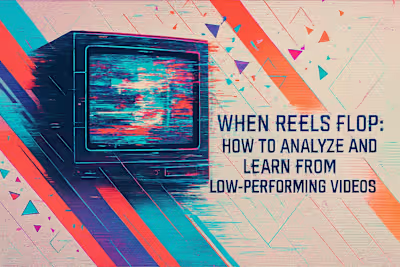AR, Filters & Effects: New Tricks to Level-Up Your Reels Content

AR, Filters & Effects: New Tricks to Level-Up Your Reels Content
The Evolution of In-App Effects
From Simple Filters to Interactive AR
Understanding Augmented Reality (AR) Effects
Why Interactive Effects Drive Higher Engagement
Strategic Use of Effects for Brand Storytelling
Creating a Cohesive Brand Aesthetic
Using Effects to Simplify Complex Ideas
Gamification Through Interactive AR
Creating Your Own Branded AR Effects
Platforms for AR Creation
The Benefits of a Shareable Brand Experience
Working with Freelance AR Creators
The Future of Immersive Content on Social Media
AI-Generated and Personalized Effects
Integrating Shopping into AR Experiences
A Stepping Stone to the Metaverse
References
AR, Filters & Effects: New Tricks to Level-Up Your Reels Content
The Evolution of In-App Effects
From Simple Filters to Interactive AR
Understanding Augmented Reality (AR) Effects
Why Interactive Effects Drive Higher Engagement
Strategic Use of Effects for Brand Storytelling
Creating a Cohesive Brand Aesthetic
Using Effects to Simplify Complex Ideas
Gamification Through Interactive AR
Creating Your Own Branded AR Effects
Platforms for AR Creation
The Benefits of a Shareable Brand Experience
Working with Freelance AR Creators
The Future of Immersive Content on Social Media
AI-Generated and Personalized Effects
Integrating Shopping into AR Experiences
A Stepping Stone to the Metaverse
References
Posted Jun 30, 2025
Go beyond basic filters. Discover how to use augmented reality (AR) and advanced effects to create interactive, engaging, and shareable Reels that captivate your audience.








